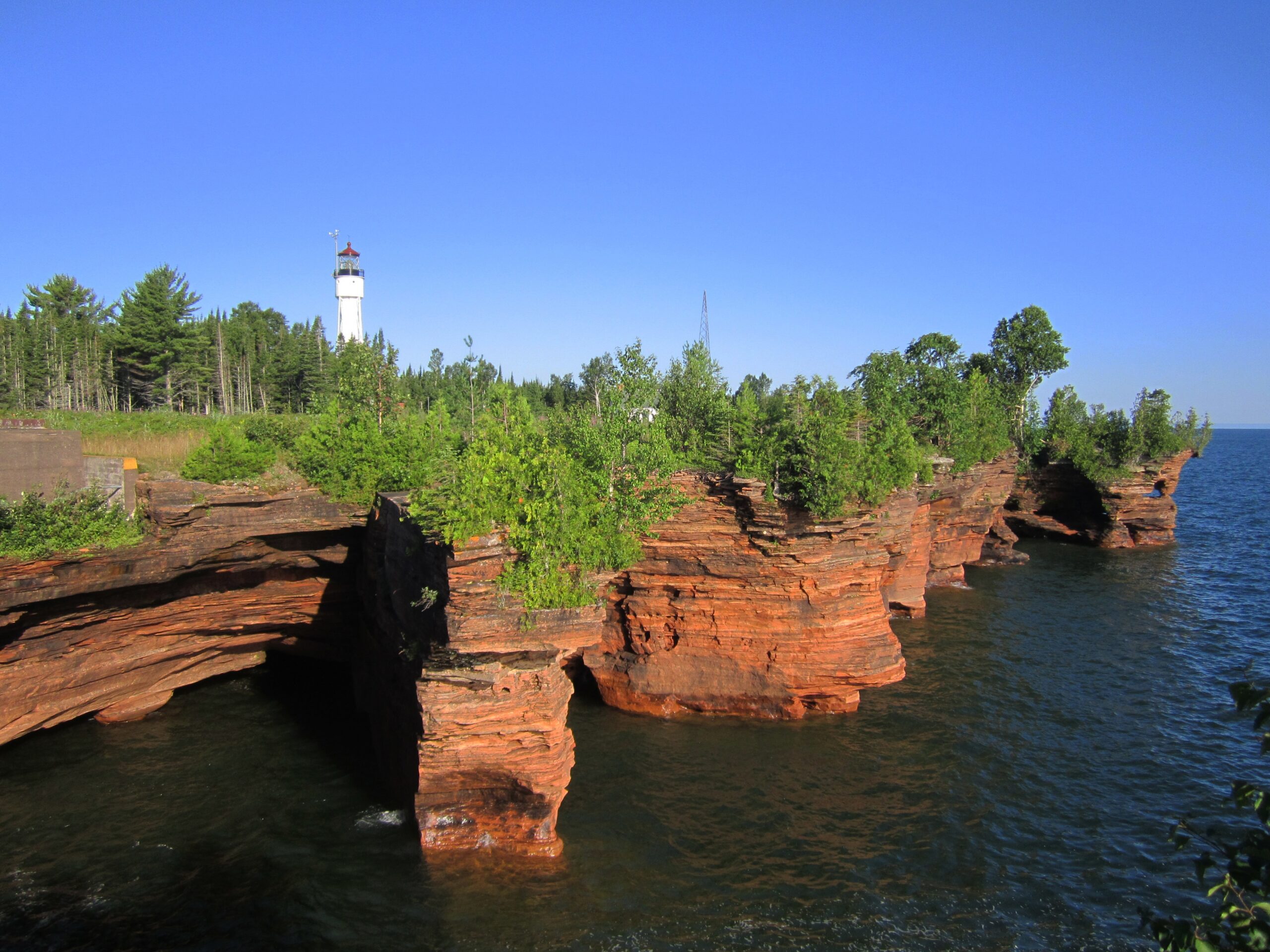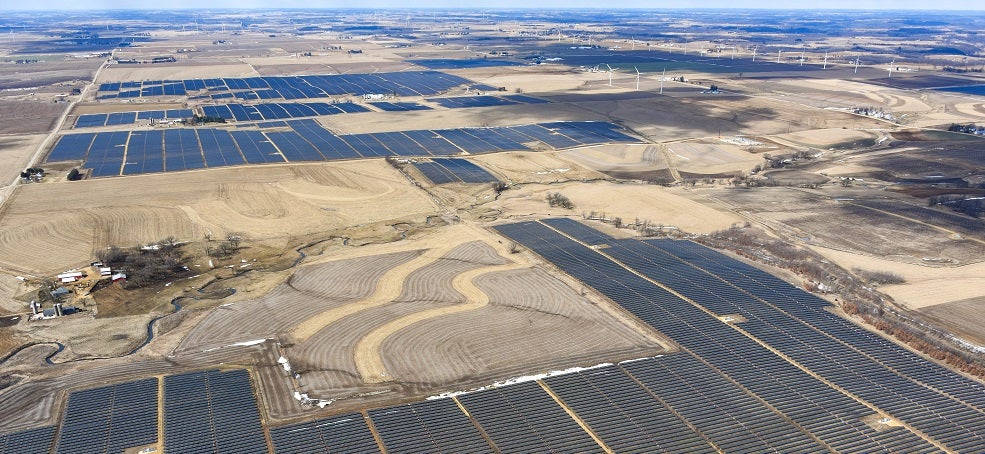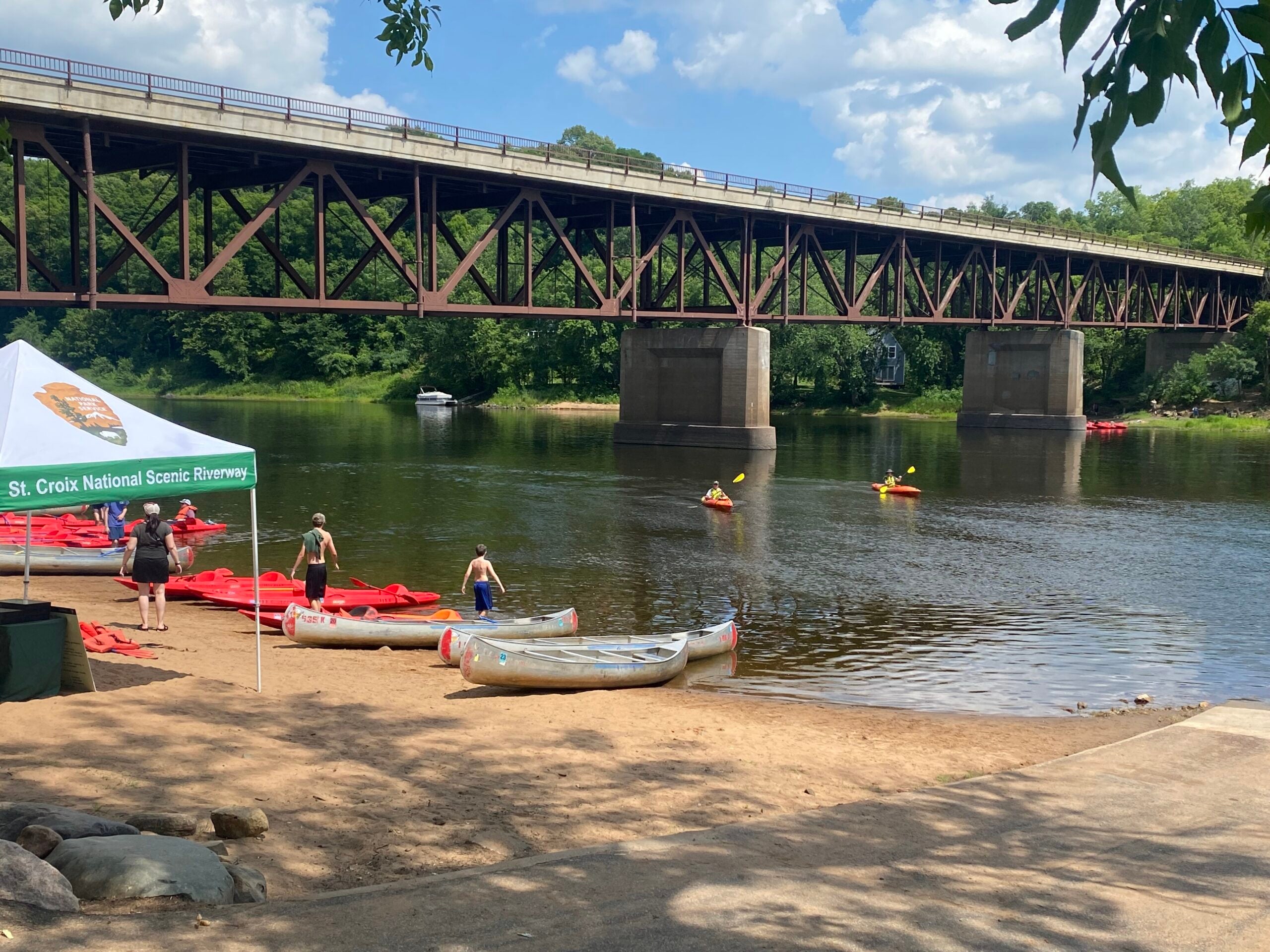Rangers in Wisconsin’s national parks will be less visible this summer, thanks to the effects of federal sequestration.
Apostle Islands national lakeshore superintendent Bob Krumanaker says he’s had to perform micro-surgery on his budget, and that his park’s immune system is on life support. The 5 percent cut this year means fewer programs, shorter hours, slower service and cutting half of his 14 seasonal workers.
“Toilets will be serviced less frequently. Things are not going to look as good as they normally do. More important than the aesthetics, it’s less maintenance on historic structures and on trails.”
Stay informed on the latest news
Sign up for WPR’s email newsletter.
There are more 19th-Century lighthouses in the Apostle Islands per capita than anywhere in the park service. And Krumanaker says it’s serious business to cut in this Lake Superior 21-island group.
“Rangers will be more scarce. That also means that should there be the inevitable need for searches and rescues, while we will certainly still be responding there will be fewer people out there close by. The response times could be longer.”
Most programs and services will continue.
The situation is the same at the St. Croix National Scenic Riverway in northwestern Wisconsin. Resource management chief Julie Galonska says they too are taking a 5 percent budget hit, losing nine of their 36 seasonal employees.
“Because we have fewer people, [and] the riverway’s a big place it’s going to take longer for us to respond. We will be contacting fewer visitors through interpretive, educational and community outreach programs. We’ve just had to pull back the number of programs we are actually able to do.”
Both expect attendance to stay at normal levels – 180,000 visitors to the Apostle Islands and 250,000 to the St. Croix Riverway.
Wisconsin Public Radio, © Copyright 2024, Board of Regents of the University of Wisconsin System and Wisconsin Educational Communications Board.




